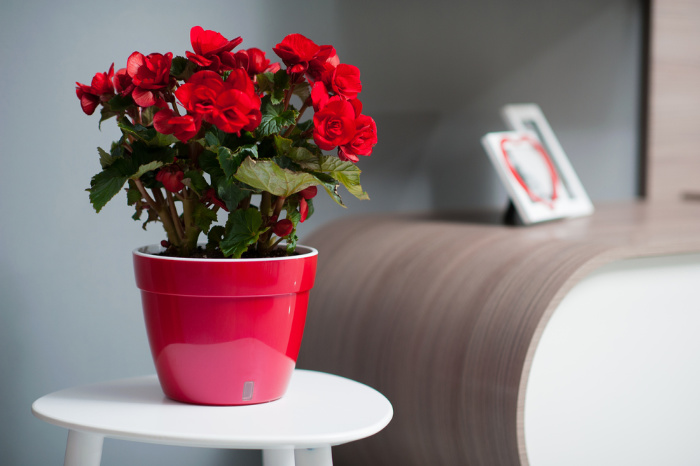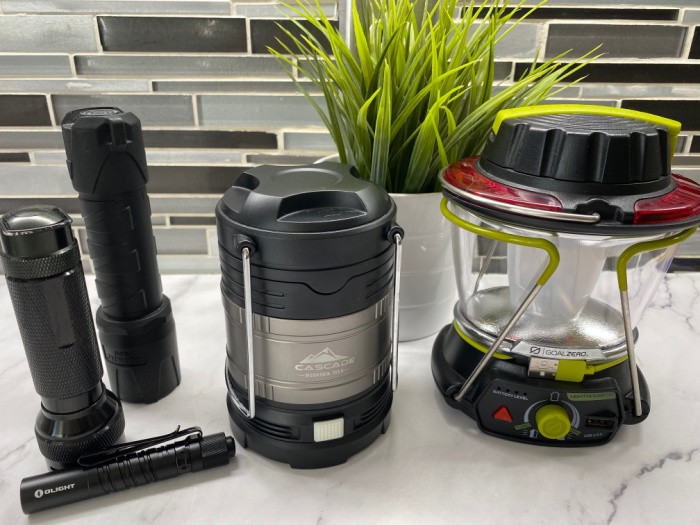What Flowers to Plant in March (Zones 1-10)
What flowers to plant in March? Let’s fill you in if you aren’t familiar with the zones people use as a guide for starting to grow veggies, fruits, and flowers. Please keep in mind that flowers attract bees and help pollinate our gardens, a key to successful gardening.
Garden zones are how you know what and when to plant seeds, seedlings, or plants. The USDA Hardiness Zone Map has 10 different zones. I know the zones have changed a bit with different temperatures these days which may be due to climate change, so we must learn to work around it. Keep checking your weather before planting outside.
If we have flowers, the bees will come. We need them to pollinate our vegetables in the garden. Oh, and don’t forget the Hummingbirds and butterflies! This is where I buy my seeds: SeedsNow.

What Flowers to Plant in March
Check out the zones to see which zone area you’re living in. Each zone is 10 degrees warmer or even colder than the average winter in an adjacent zone. So, what flowers should you plant in March? Let’s get started!
Zone 1-4

Let’s be honest: If you live in Zone 1-2, finding flowers that survive those cold months will be hard. However, some plants will make it through colder weather. I wanted to talk about some of these plants since there aren’t many flowers for planting in March for these zones. These plants are hardy, which you need when planting in March:
- Coneflower – Hardy to zones 3 and 4
- Lily of the Valley – Hardy, but needs partial sun.
- Hostas – Zone 3
- Winterberries – Zone 2
- Primrose – Zones 3 and 4
- Blue spruce – Not quite a flower, but it will last in Zones 2, 3, and 4.
- Pansies- Zone 4
- Catmint – A resilient plant that you can try planting in March.
March, when it warms up, is a great time to start prepping your flower garden for spring. While you can’t plant much in these zones in March, you may have a warmer year and be able to plant quite a bit.
Zone 5

Thank goodness that Zone 5 looks a little more promising for planting flowers. At least 14 perennials grow in Zone 5 which is great since you don’t have to replant them each year. While this zone isn’t the coldest or warmest, it can still produce some awesome plants!
- Delphinium
- Lilies
- Salvia
- Hollyhock
- Coral Bells
- Hostas
- Ferns
- Lavender
- Tulips
- Hyacinths
- Crocus
- Daffodils
- Aster
- Hardy Hibiscus
A list of other plants that often bloom in March:
- Cherry blossoms
- Roses
- Landscaping plants like Sweet Peas, Bergenia, Rock Cress
- Other Fruit trees
Zone 6

Perennials that survive in Zone 6 are plentiful. Because Zone 6 gets a little warmer, it’s easier to successfully plant them. The flowers that survive in this zone are the following:
- Coneflower
- Salvia
- Daisy
- Daylily
- Hosta
- Bee balm
- Hydrangea
- Rose
- Rose of Sharon
- Forsythia
- Azalea
- Butterfly Bush
- Rhododendron
Zone 7
Believe it or not, Zone 7 can have some cold winters. Although these flowers are recommended for planting in Zone 7 in March, colder winters may dictate whether they grow well.
What Annuals Can I Plant in Zone 7 in March?

- Calendula
- Begonia
- Cosmos
- Snapdragon
- Geranium
- Celosia
- Sweet Pea
- Bacopa
- Petunia
- Marigolds
- Ageratum
- Impatiens
- Gazania
- Coleus
What Perennials Can I Plant in Zone 7 in March?

- Forget-me-not
- Peony
- Dianthus
- Coneflower
- Columbine
- Black-eyed Susan
- Four O’Clock
- Hosta
- Butterfly Weed
- Shasta Daisy
- Lavender
- Bleeding Heart
- Phlox
- Chrysanthemum
- Bee Balm
- Aster
- Basket of Gold
- Clematis
- Iris
- Columbine
- Penstemon
Zone 8

The bulbs in Zone 8 are planted near the end of the month in March and April. Make sure you do your research when it comes to the hardiness of the plants for your specific location:
- Trout lily
- Chinodoxa
- Tulip
- Daffodil
- Crocus
- Hyacinth
- Fritillaria
- Ipheion
- Muscari
- Bluebells
- Allium
- Scilla
- Lily of the valley
- Ranunculus
- Dahlia
- Caladium
- Gloriosa
- Begonia
- Elephant Ear
- Amaryllis
- Canna
Zone 9 & 10

It’s time for a long bloom season when spring rolls around in March. These flowers will give you a very vibrant look for spring. While this isn’t an extended list of everything you can plant, it’s a good start.
- Cyclamin
- Hellebore
- Winter heath
- Crocus
- Impatiens
- Zinnias
- Sunflowers
- Marigolds
- Butterfly Bush
- Dahlias
- Geraniums
- Jasmine
- Sedum
What Flowers to Plant in:
Garden Gloves
These are my favorite garden gloves: DIGZ Garden Gloves. They come in different sizes, which I love the most. These are the best rose bush gloves: DIGZ Rose Bush Garden Gloves. I have to get a large size for my hands. These are awesome!
Final Word
You can play around with what flowers to plant in March, but this is a good baseline. Flowers can be tricky because if it’s a colder than typical winter, the flowers may not grow. Pay attention to what worked for you in the past and what didn’t, and keep some notes for future use. Happy Gardening!! May God bless this world, Linda
Copyright Images: Pansies Depositphotos_1343724_s-2019, Day Lilly Depositphotos_9828416_s-2019, Begonia Depositphotos_84553866_s-2019, Pink Phlox Depositphotos_9910738_s-2019, Crocus Flowers Depositphotos_231500160_s-2019, Lily of the Valley Depositphotos_81130254_s-2019, Flowers with boots AdobeStock_78377840 by ZoomTeam























Linda,
I recommend planting Marigolds, Alyssums and Nasturtiums in your garden beds to both attract pollinators and repel aphids and other insect pests.
Hi Ray, oh these are great suggestions for flowers to repel insect pests, and yet help attract bees to pollinate! Love it! Linda